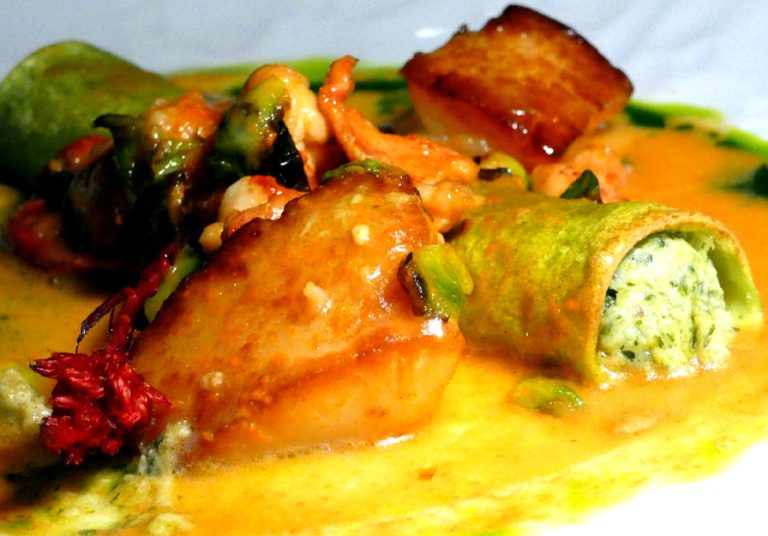Published with permission from LuxuryWeb.com
In the heart of North Western Italy’s Asti province, nestled about an hour southeast of Torino (Turin), lies the town of Asti. This picturesque locale is renowned throughout Italy for its signature delight, Asti Spumante. Crafted exclusively from Moscato Bianco grapes, Asti Spumante enchants with its pale yellow hue, mild alcohol content, and harmoniously-rounded sweet taste.
Asti is not only a hub for Asti Spumante but also serves as a central point in southeastern Piedmont for sparkling wine production. The tradition of still wine in this region dates back to the 4th century B.C.E, but it wasn’t until the late 18th century that Spumante made its debut.

The recognition of these wines has escalated over time, achieving DOC status in the early 1960s and later elevated to DOCG classification in 1993, under the vigilant control of the producer’s consortium. The production process of this sparkling wonder employs the Charmat method, favoring a single tank fermentation approach over the more labor-intensive in-bottle fermentation and secondary in-bottle fermentation.
The spectrum of Spumante is broad, appealing to a wide range of palates. Its affordability and diversity make it a popular choice among various Italian wine producers, from well-known names like Martini & Rossi and Cinzano to smaller producers. Even Freixenet, a Spanish sparkling wine maker, has joined the fray with vineyards in the Alba area. Our recent sampling at a NYC tasting event featured an impressive lineup from ten consortium members.

Success
You are now signed up for our newsletter
Success
Check your email to complete sign up
The nuances of these wines are classified based on residual sugar content and fizziness. During our tasting, we experienced a range from extra dry (Extra Brut) to lusciously sweet (Dolce), and from the vivacious Asti Spumante to the subtly effervescent Moscato d’Asti. We savored:
ASTI SPUMANTE:
- Sant’Orsola
- Balbi Soprani
- Santero
- Cocchi
- Tosti1820 (Dry)
- Roberto Sarotto
MOSCATO d’ASTI:
- Vinchio Vaglio
- Braida
- Terrabianca
- Vignaioli di Santo Stefano
Each variant presented a unique tasting experience. The drier versions complement appetizers and hard cheeses perfectly, while the sweeter ones are a delightful match for desserts, pastries, soft cheeses, and fruits. For complex and spicy dishes, a Spumante version is ideal (imagine pairing it with Bucatini al Amatriciana or Veal Osso Buco), whereas a Frizzante pairs well with simpler fare like a seafood salad or Pairs Belle Helene.
Asti Spumante holds a special place in Italian culture, consumed during moments of joy and sorrow alike. It’s present at celebrations, commemorations, casual gatherings, and romantic encounters, making it a staple in Italian life. No matter the occasion, a bottle of Asti Spumante is never far away in Italy.
Chin Chin!
Visit LuxuryWeb.com to see the original article, and more.















